Without stops, it takes about 25 seconds for the elevator to reach the ninth floor at Spectrum Health Helen DeVos Children’s Hospital.
Katie Ammeraal’s mind would wander, ever so briefly, in those fleeting moments.
She’d think about how unpredictable life can be. How our happiest days can much too quickly become our most difficult.
“How is this happening?” she’d find herself asking.
For the better part of a year, Helen DeVos Children’s Hospital and the adjoining Spectrum Health Butterworth Hospital served as home to Katie and her family.
Each morning at 6 a.m., she would begin her shift as a rehabilitation supervisor at Butterworth Hospital.
When the shift ended at 2 p.m., she would head straight to the ninth floor in the children’s hospital, where her adopted 7-month-old daughter, Tinley, underwent treatment for a blood and bone marrow cancer.
There, she and her husband, Rick, would trade shifts so one of them could always be at Tinley’s side.
‘Off the charts’
Katie, 35, and, Rick, 37, met at a hot dog pub crawl. They married in 2011.
Their fertility journey led them in late 2014 to a West Michigan agency that managed open infant adoptions.
“We met the birth mother approximately two weeks before Tinley was born,” Katie said.
The birth mother’s own mom—Tinley’s biological grandmother—called Katie and Rick when labor began.
The Ammeraals trekked 160 miles to the Royal Oak, Michigan, hospital that blizzardy Super Bowl Sunday: Feb. 1, 2015.
“It was just the greatest feeling ever, after so long of being told you cannot have a baby,” Katie said.
Tiny, brown-eyed Tinley proved perfect from Day 1.
“She never fussed. She slept the night right way,” Katie said. “She let anyone hold her. She was always smiling.”
In the weeks and months that followed, however, the child became increasingly fussy. She began to develop a perpetually runny nose and spots appeared on her legs. She napped all day.
None of these seemed like terribly unusual symptoms for a baby—more garden-variety challenges than anything else.
“Everything you can identify as something else,” Katie said.
But seven months after the Ammeraals took Tinley home, something changed.
Katie remembers the date clearly: Sept. 1, 2015.
She went to work as usual that day, her regular shift at Butterworth Hospital.
Rick called.
He’d been caring for Tinley at their Hudsonville, Michigan, home when she began fussing terribly. He took her to the pediatrician’s office and they quickly redirected them to Helen DeVos Children’s Hospital.
“Don’t panic, but she doesn’t look well,” the doctors had told him.
Katie, just a few floors below the lobby level at Butterworth Hospital, met her husband and Tinley at the emergency room.
“This time, it’s different,” she said, recalling the little girl’s demeanor. “She’s either awake and screaming, or she’s passed out because she is so exhausted.”
Doctors tested Tinley.
“Her blood work was off the charts,” Katie said.
‘How is this happening?’
The Ammeraals heard Tinley’s diagnosis for the first time: acute lymphoblastic leukemia.
The B-cell variant cripples the immune system. Normal blood cells are crowded out. Aggressive chemotherapy is usually necessary.
The odds of an infant developing this disease? Forty-one in a million, it turns out.
It’s the most common cancer among children ages 2 to 5, but extremely rare in children before age 1. There are only about 90 such cases in the U.S. each year.
The survival rate for patients age 1 and younger is about 50% after five years, versus 90% for children age 2 and older.
The good news: Once a patient is in remission, the cancer rarely returns.
There’s no known cause, although genetics can be a risk factor.
Untreated, it can lead to death within weeks.
“As far as I know, there is no history,” Katie said. “We only know the birth mom’s side. Our birth mom felt terrible.”
The Ammeraals only remember feeling shock and disbelief.
“How is this happening? She’s just a little girl. It isn’t fair,” Katie grieved. “It was the worst day in my life.”
The unknowns
Tinley immediately began 12 months of intensive chemotherapy.
The first six weeks were inpatient, given the extent of her condition. The months that followed required on and off stays—a few days each week as inpatient, a few days outpatient.
Those first 42 days, Katie did not go home the entire time. She and Rick took up residence with their daughter in whichever room they found themselves on the ninth floor.
They would move monthly for cleaning.
The nurses worried, of course. They felt Katie needed to get home once in a while. She needed to take care of herself.
Pediatric hematology-oncology specialist Albert Cornelius, MD, kept an eye on Tinley.
He kept the other on her parents.
“Mom was able to work in the hospital and dad was also a breadwinner and both parents spent a lot of time in the hospital,” Dr. Cornelius said. “It really was great team support.”
Often, a childhood diagnosis of leukemia can be a strain on families—the stress of the child suffering the condition, then the rigor of the intensive treatments.
“It’s certainly not what you expect when you adopt a little girl, then a few months later she has leukemia,” Dr. Cornelius said. “And your life changes very quickly.”
Tinley’s condition improved, but her treatment had just begun.
Beyond leukemia, she also had a Moraxella infection—a type of bacterium that usually causes ear infections. Given Tinley’s weakened immune system, the infection spread into her blood, skin and lungs and even caused meningitis.
“This is what caused Tinley to be so irritable,” Dr. Cornelius said. “She had both leukemia that was in her blood and spinal fluid and she had a very severe bacterial infection in her blood with infectious meningitis. We had no choice but to treat both at the same time.”
Katie and Rick figured out how to arrange their work schedules. Katie pinned down the 6 a.m. to 2 p.m. shift at Butterworth Hospital. Rick moved his workday at DTE Energy to second shift, 3-11 p.m. Gas line repairs are an around-the-clock demand.
Each day, Katie would work her shift and then relieve her husband. Rick would work his shift and then return at midnight.
They’d sleep and keep watch.
The next day, they’d do it all over again.
Even though she was at work, Katie appreciated having Tinley just an elevator ride away.
“She was a baby. We just stayed all the time,” she said. “We did that for a year, so that one of us could always be with her.”
An extra ‘oomph’
Following the initial 42 days in the hospital, Tinley’s chemotherapy regimen required inpatient treatment about three days a week. It led to side effects, such as inflamed mucous membranes.
For a time, she required a feeding tube.
At one point, Katie took four months off work.
“My team and my boss at Spectrum took great care of me,” she said.
On their hospital nights, Tinley would only sleep with Rick in a recliner.
“He pretty much held her almost every night for sleeping,” Katie said. “And that’s the only way she would sleep—in his arms.”
The family would return home for good 12 months after their arrival.
Dr. Cornelius added sirolimus, an anti-rejection drug, to Tinley’s oral chemotherapy regimen.
“If you add a medicine, sirolimus, to the regular chemo, you can overcome resistance and improve response rate in resistant leukemia cells,” Dr. Cornelius said. “We would add the extra ‘oomph.’”
Somehow, Katie and Rick managed the many unknowns.
“You just do the best as you can and try to keep your sanity,” Katie said.
Welcoming Noah
Today, Tinley and her parents are a long way from those days and nights in a hospital room overlooking downtown Grand Rapids.
Tinley’s inpatient and outpatient treatments in 2015 and 2016 are meticulously documented by Katie on the Team Tinley Facebook page.
Katie now works as a quality improvement specialist at Spectrum Health Zeeland Community Hospital. Rick is back on first shift.
Tinley, now 5, is undergoing regular blood draws. She’s in preschool.
In September, she’ll be in remission for five years.
Their hearts remain firmly affixed to the ninth floor at Helen DeVos Children’s Hospital.
“The whole floor is full,” Rick said, remembering the families there. “Driving by, looking up, I don’t think people really would understand that.”
“One of the craziest parts of the whole thing is the family you create while living in the hospital,” Katie said. “It’s a part of the story that people don’t realize. You are surrounded by so much love and support—and so much pain. And you care for these people, so much.
“They are still part of my life and they always will be.”
So is their newest family member.
The couple adopted another baby this past August.
His name is Noah. He’s 7 months old.
And perfectly healthy, just like his sister.
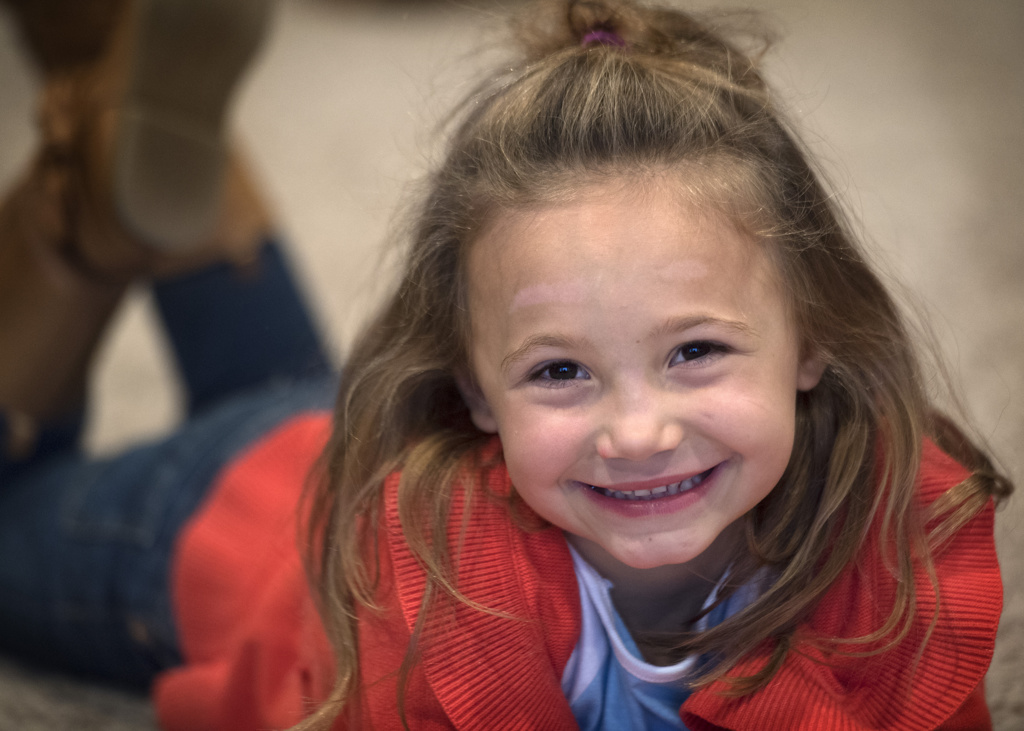

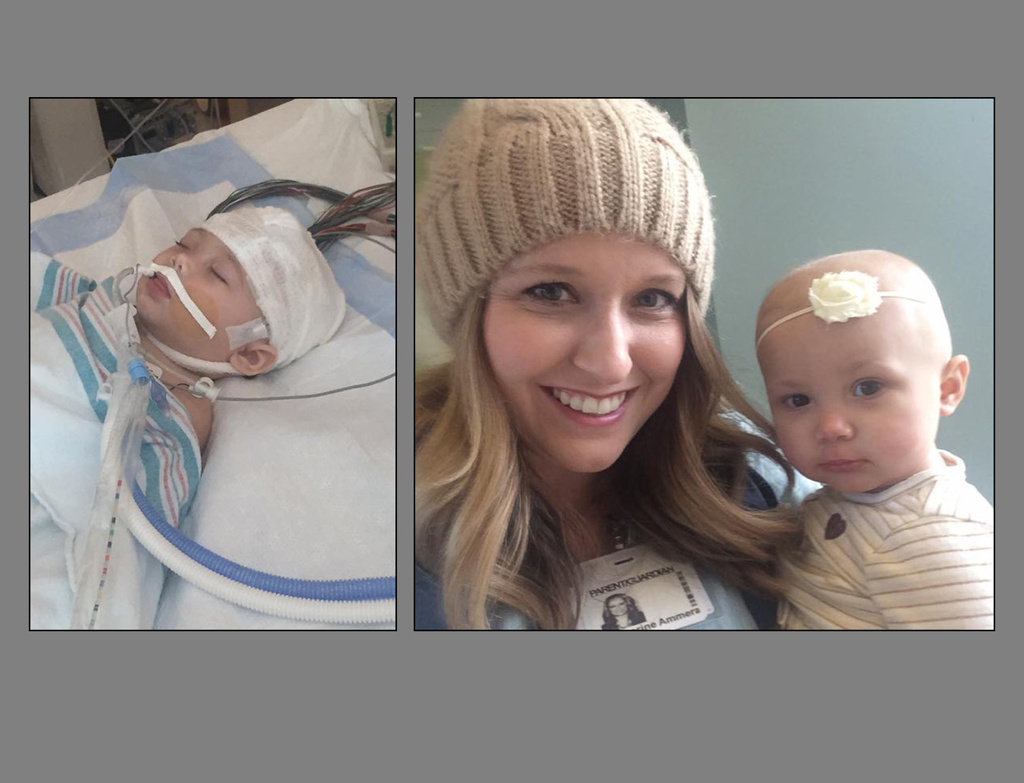



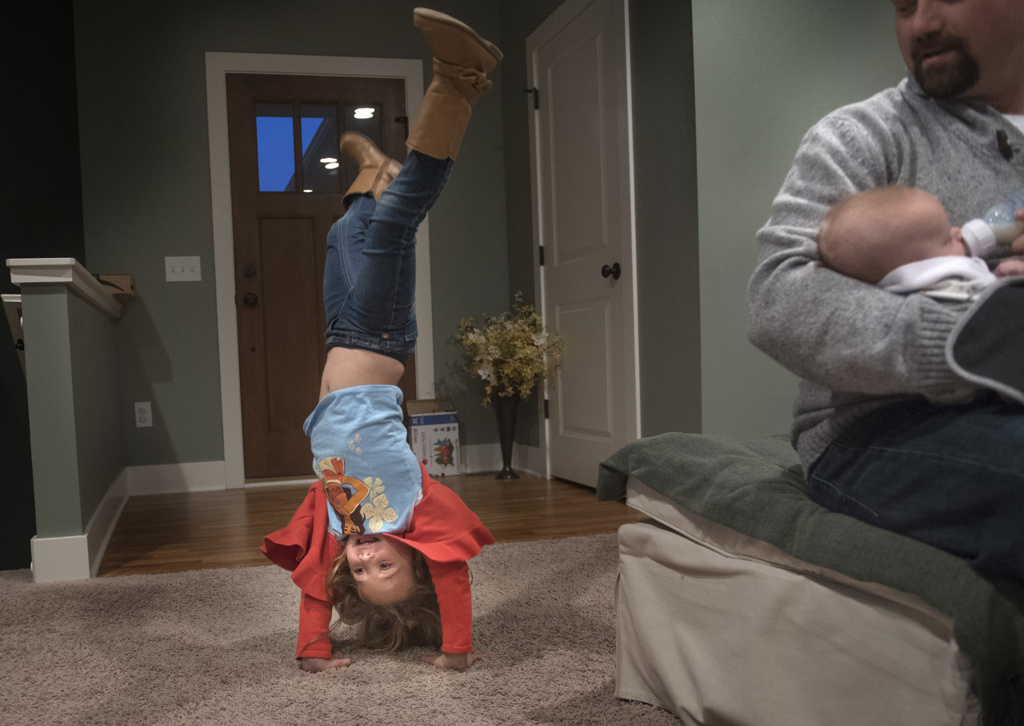
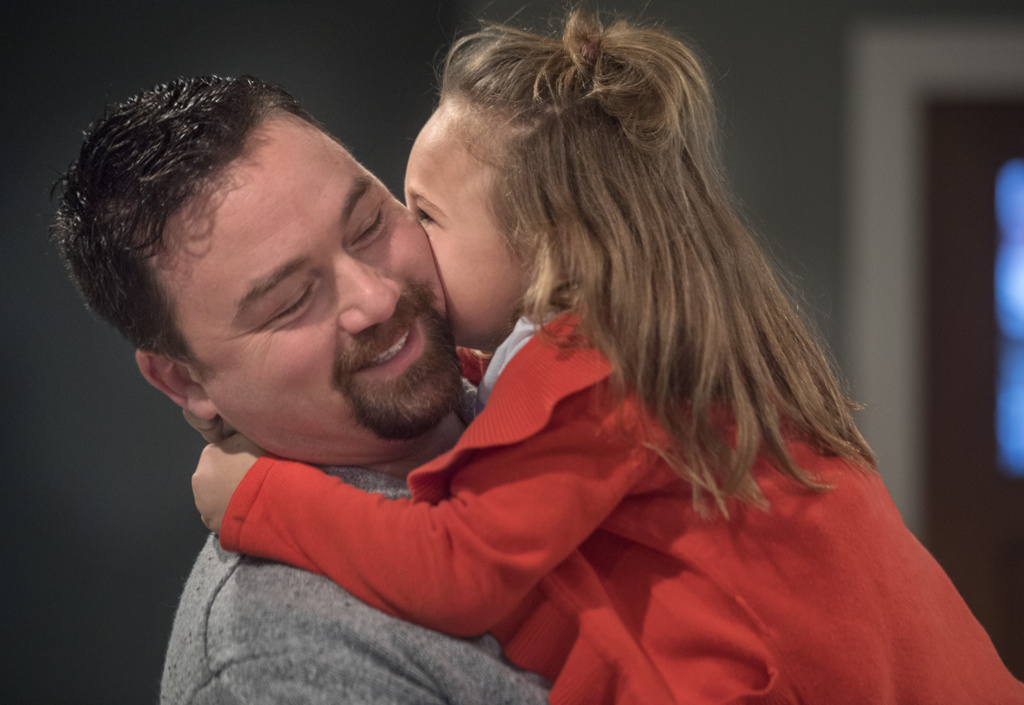
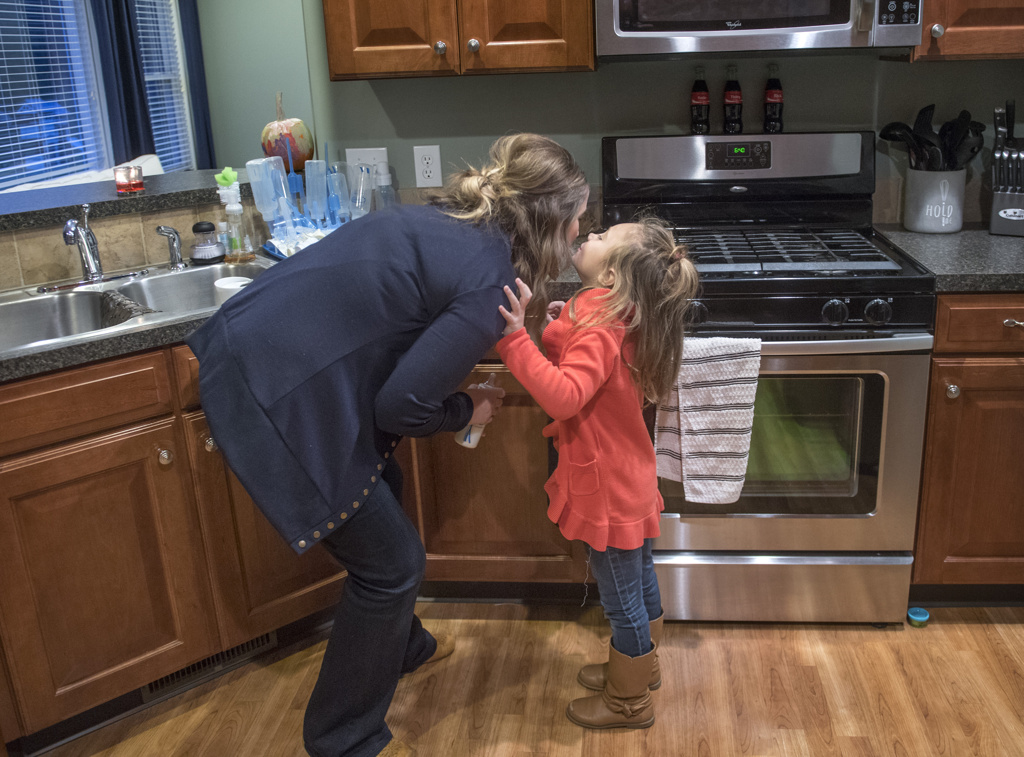
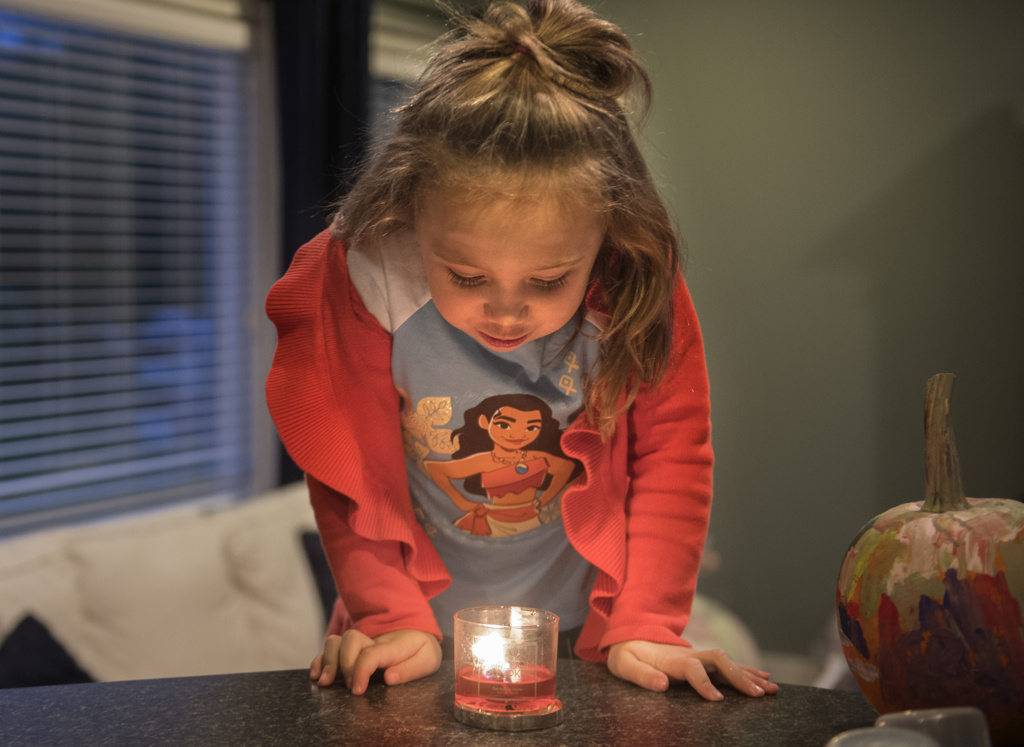
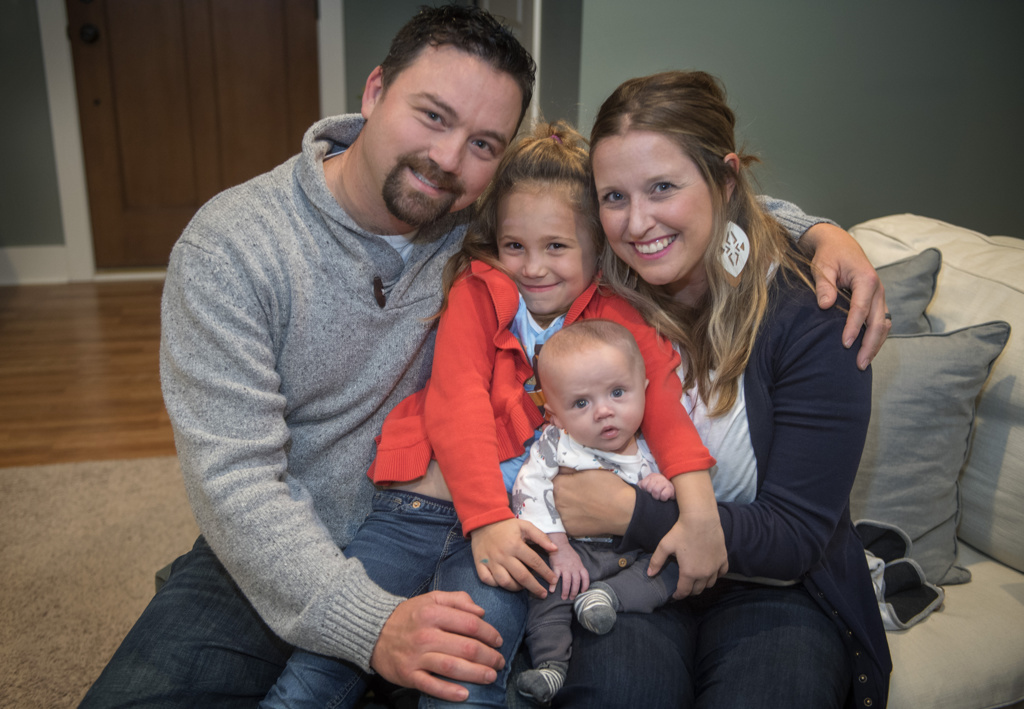
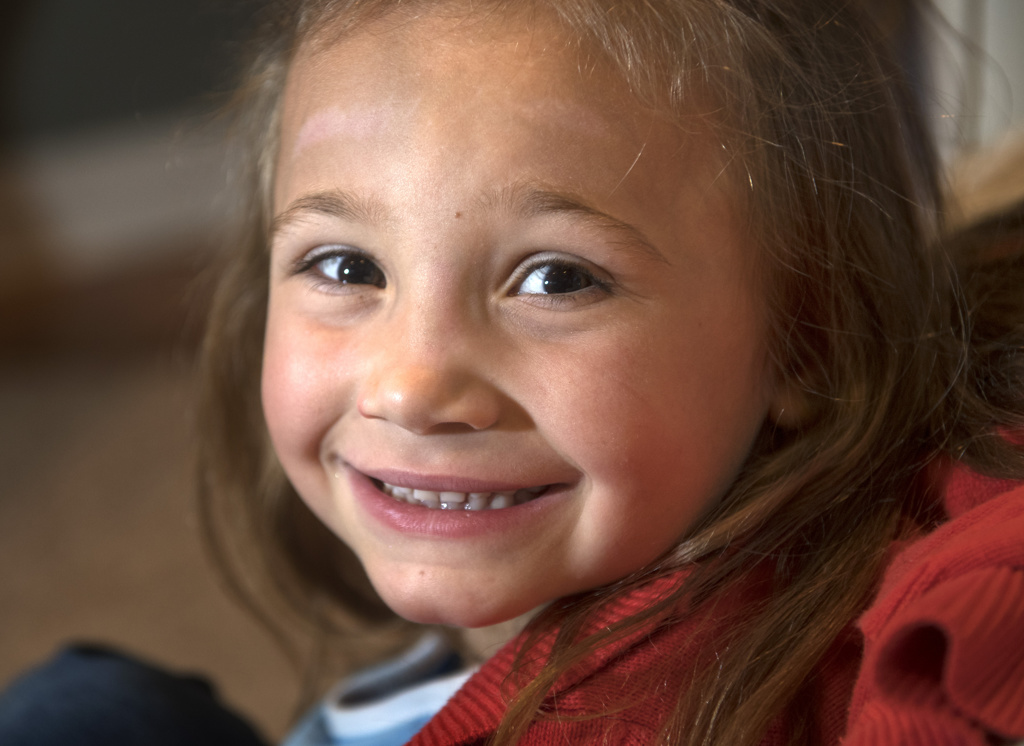

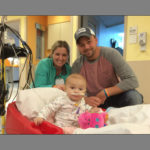
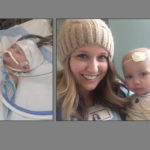

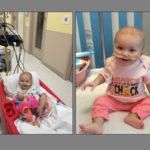
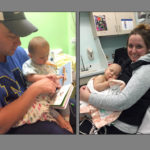







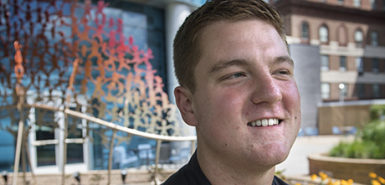 /a>
/a>
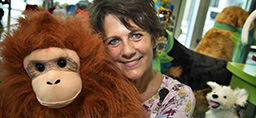 /a>
/a>
 /a>
/a>
Hello,
First off, love this family and this story. Such an amazing example of strength and love.
I’m commenting on this story because I work for a non-profit called Camp Casey, we currently work with the Child Life Team at Helen DeVos, and would love the opportunity to serve Tinley and her family. We here at Camp Casey offer free horseback riding programs to children with cancer and rare blood diseases. I would love to offer a Horsey House Call (were we bring a horse to Tinley’s home for a mini-day camp this spring/summer) to this family.
Please let me know if/ how I can offer this free service to this family.
Thank you!
Nikki Pollina
West Michigan Program Coordinator
Camp Casey
nikki@camp-casey.org